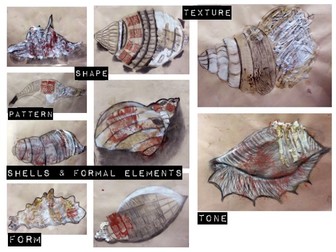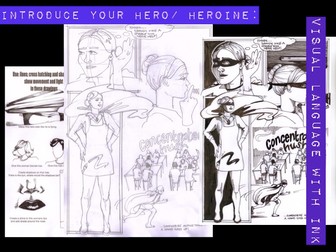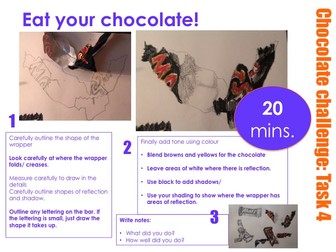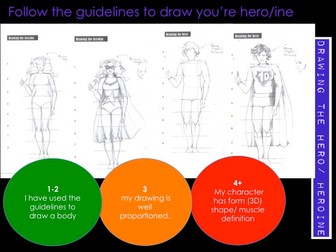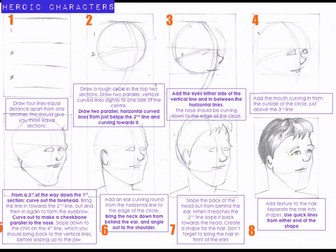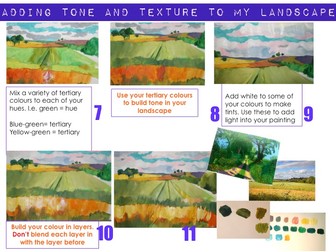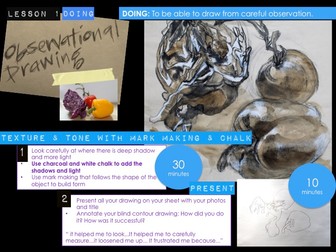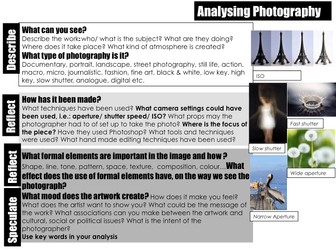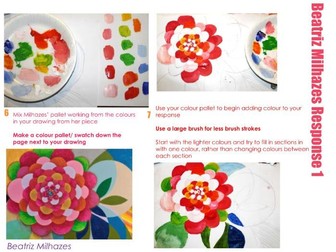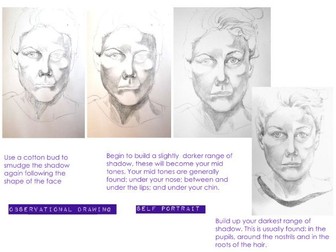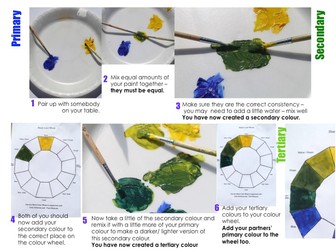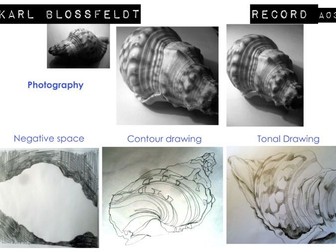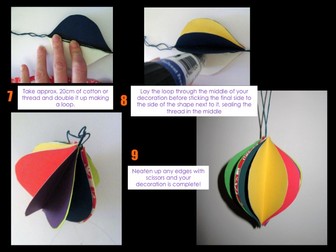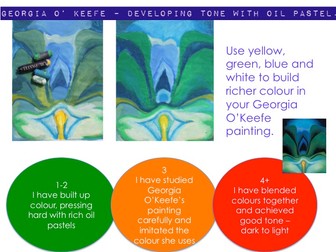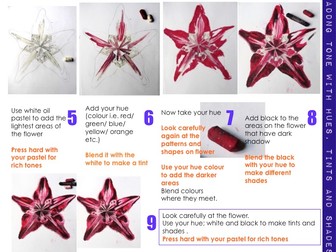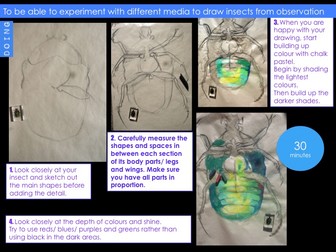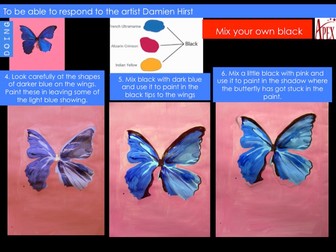KS3 Art & Design: Mixed Media Shells & Formal Elements
This is a seven lesson project designed to introduce KS3 students to the formal elements of: shape, tone, form, texture and pattern. Students will be introduced to each formal element lesson by lesson, building up a large mixed media shell with: charcoal, coffee, tissue paper, biro and poly-board printing, working from observation.<br />
Each lesson has been presented as a ten minute starter activity and thirty-forty minute main exercise. The project includes reference to artists such as: Antoni Gaudi, Barbara Hepworth and Bridget Riley with space for research and or analysis homework. The project has been broken down into visual step by step help sheets and examples and can be printed as a booklet for students or used as a powerpoint to teach from. Activities are differentiated by learning outcomes as well as 'Apex' challenges for most able students. The visual step by step instructions make learning more accessible to lower level and SEN students.<br />
The layering of techniques and materials guarantees to hold the interest and engagement of KS3 students in order for them to build up and refine one piece of work over a period of time.
